Learn the easy steps to cultivate and propagate the vibrant and low-maintenance Prickly Pear Cactus in your garden. Get expert tips on soil, sunlight, watering, and more for a thriving cactus patch.
If you’re looking for a low-maintenance and visually appealing addition to your garden, the Prickly Pear Cactus is an excellent choice. With its vibrant green pads and delicious edible fruits, this hardy plant can thrive in a variety of climates and conditions. In this comprehensive guide, we’ll cover everything you need to know about growing and propagating the prickly pear cactus, ensuring your success from start to finish.
Here’s a concise information chart about prickly pear cactus:
| Attribute | Information |
|---|---|
| Botanical Name | Opuntia spp. |
| Plant Type | Succulent perennial |
| Zones | 8-11 (varies by species and cultivar) |
| Exposure | Full sun to partial shade |
| Bloom Time | Spring to early summer |
| Height/Spread | Height: 1-6 feet Spread: 1-5 feet |
Understanding the Prickly Pear Cactus
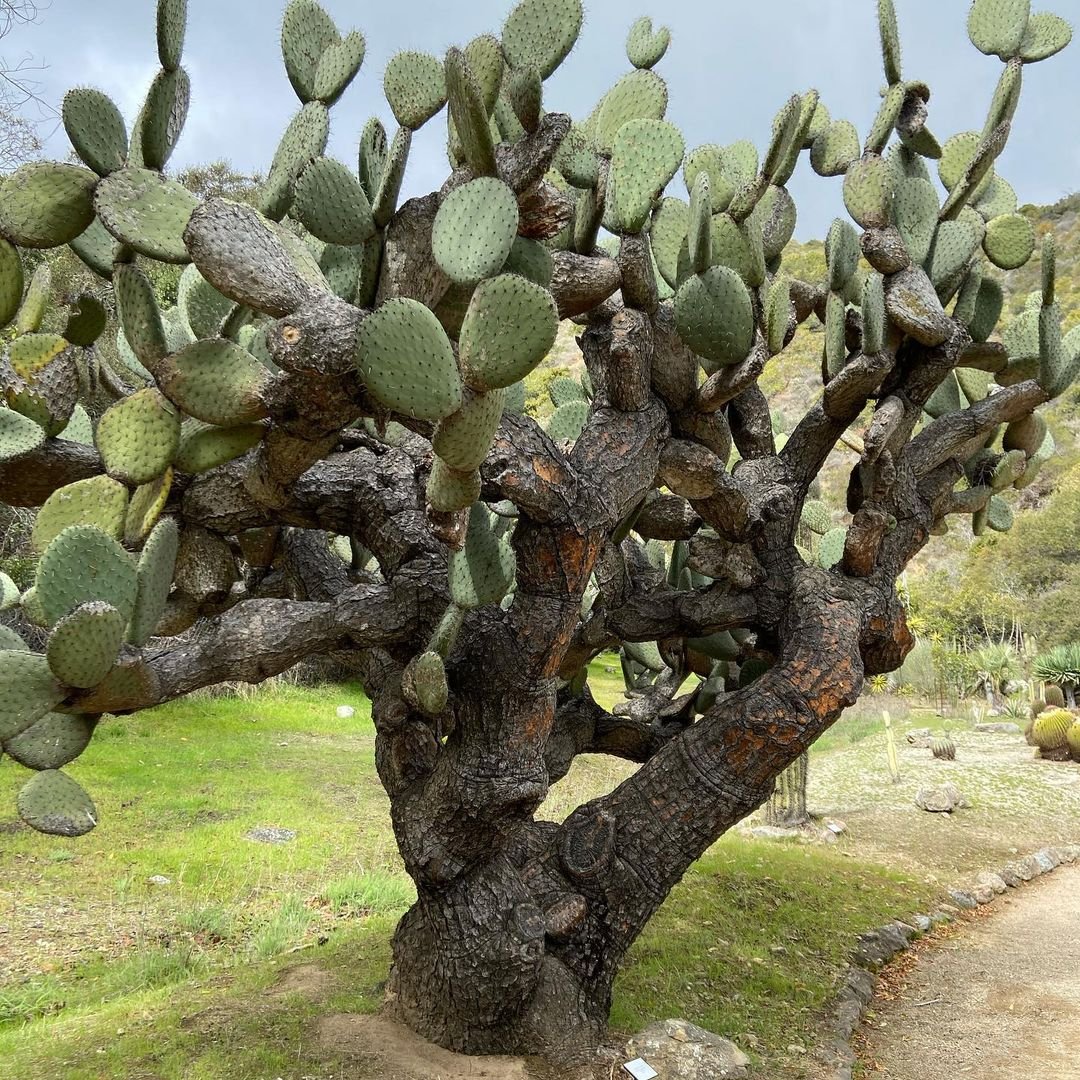
The prickly pear cactus, scientifically known as Opuntia, is a member of the cactus family native to the Americas. It’s characterized by flat, oval-shaped pads (also called nopales) that are covered in small, sharp spines. These pads are the cactus’s primary means of photosynthesis and water storage. The plant also produces beautiful yellow or red flowers, which eventually develop into edible, pear-shaped fruits.
Choosing the Right Location

Prickly pear cacti thrive in full sun and well-drained soil. When selecting a location for your cactus, look for an area that receives at least six to eight hours of direct sunlight per day. Avoid areas with heavy shade or excessive moisture, as this can lead to root rot and other problems.
Soil Preparation
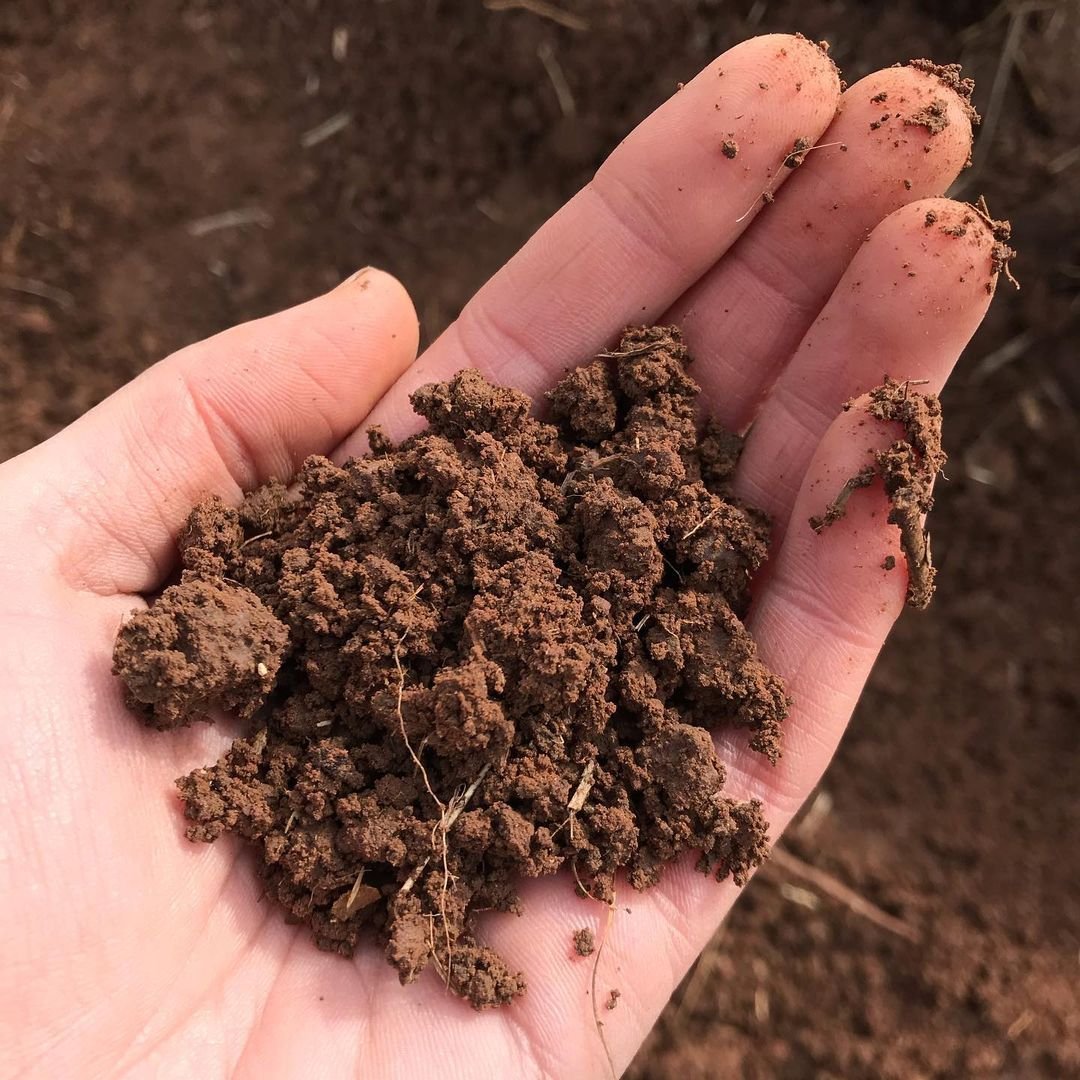
Prickly pear cacti prefer a well-draining soil mix with a slightly alkaline pH. You can create your own cactus soil by mixing equal parts of potting soil, coarse sand or perlite, and small gravel or crushed rocks. This mixture will provide the necessary drainage and aeration for the cactus’s roots.
Planting and Spacing
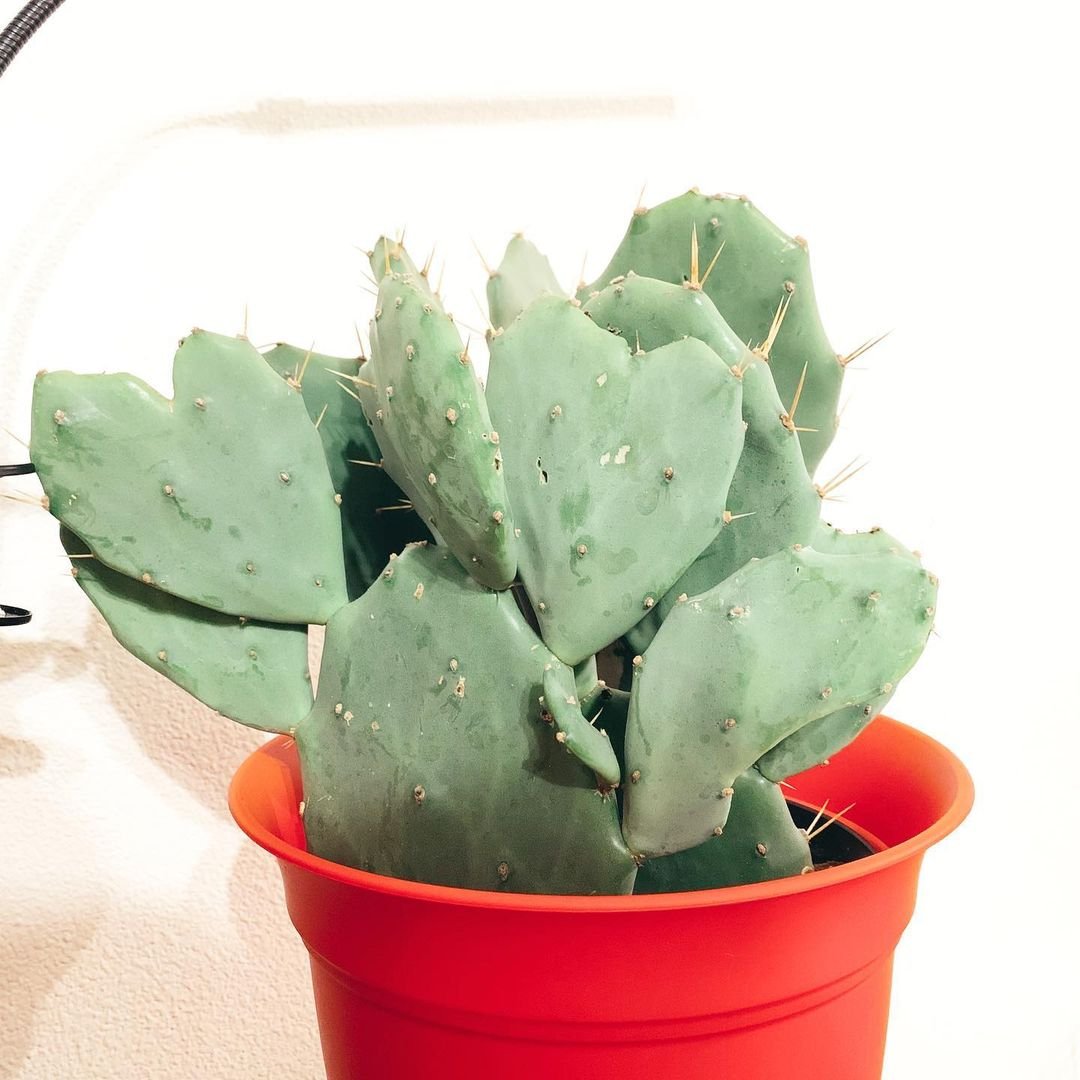
To plant your prickly pear cactus, simply dig a hole slightly larger than the size of the root ball or pad. Gently place the cactus in the hole, and backfill with the prepared soil mix, tamping it down lightly. Space individual plants at least three to four feet apart to allow for their eventual growth and spread.
Watering and Fertilizing
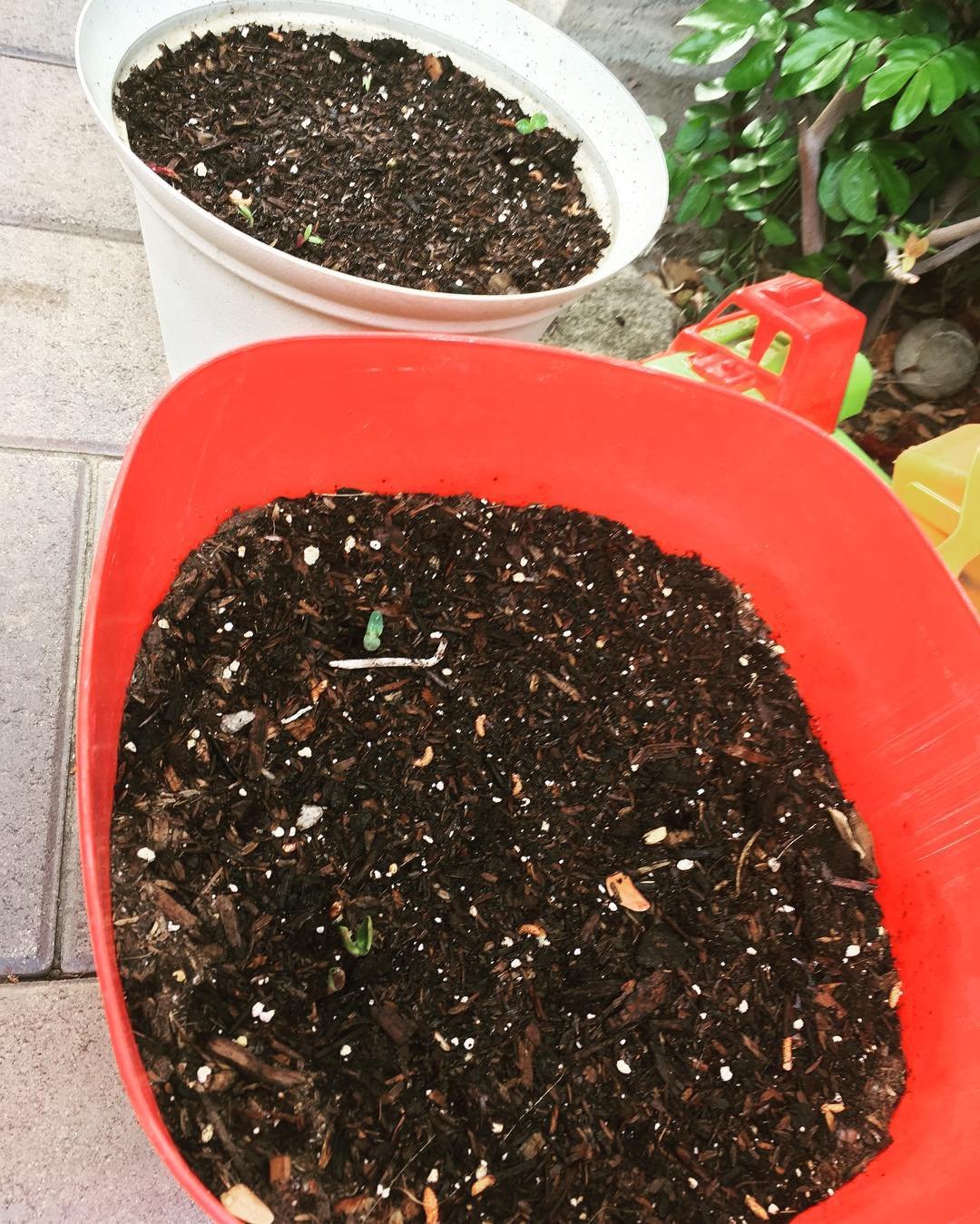
Prickly pear cacti are drought-tolerant and require minimal watering. During the growing season (spring and summer), water the plants deeply but infrequently, allowing the soil to dry out slightly between waterings. In the winter months, reduce watering to once a month or less. Avoid overwatering, as this can lead to root rot and other problems.
Fertilizing is generally not necessary for prickly pear cacti, as they are adapted to grow in nutrient-poor soils. However, if you notice stunted growth or yellowing pads, you can apply a small amount of balanced, slow-release fertilizer in the early spring.
Pruning and Maintenance
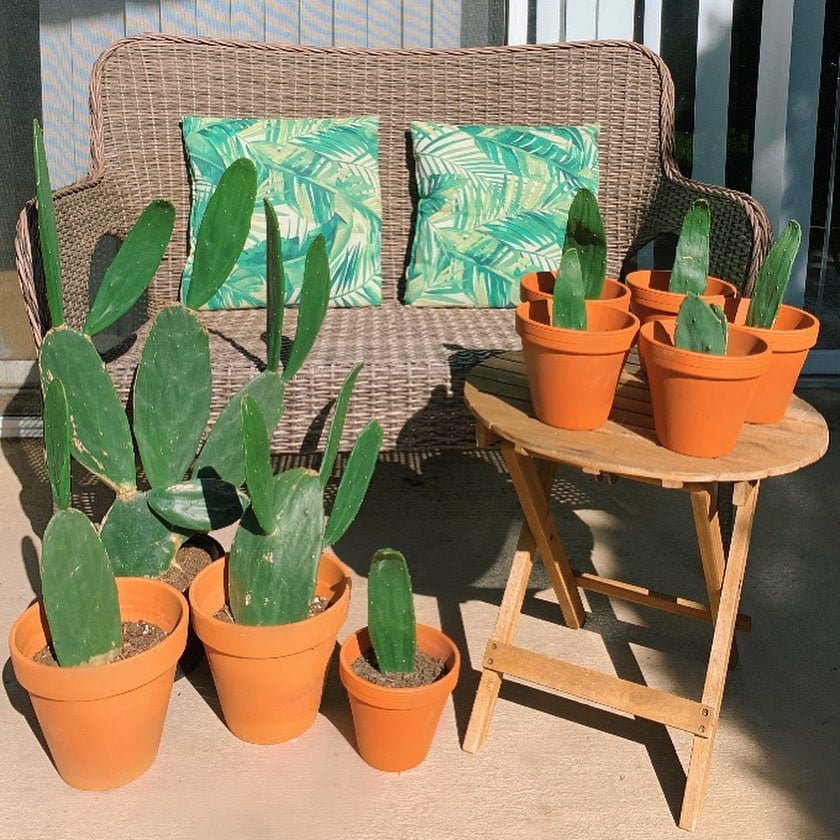
Pruning is essential for maintaining the health and appearance of your prickly pear cactus. Use long-handled pruners or tongs to remove any dead, damaged, or discolored pads. Additionally, you may need to thin out the plant every few years to prevent overcrowding and improve air circulation.
When handling the cactus, be sure to wear thick gloves and protective clothing to avoid getting stuck by the sharp spines. You can also use a piece of cloth or paper to gently grab and remove the pads during pruning.
Pest and Disease Management
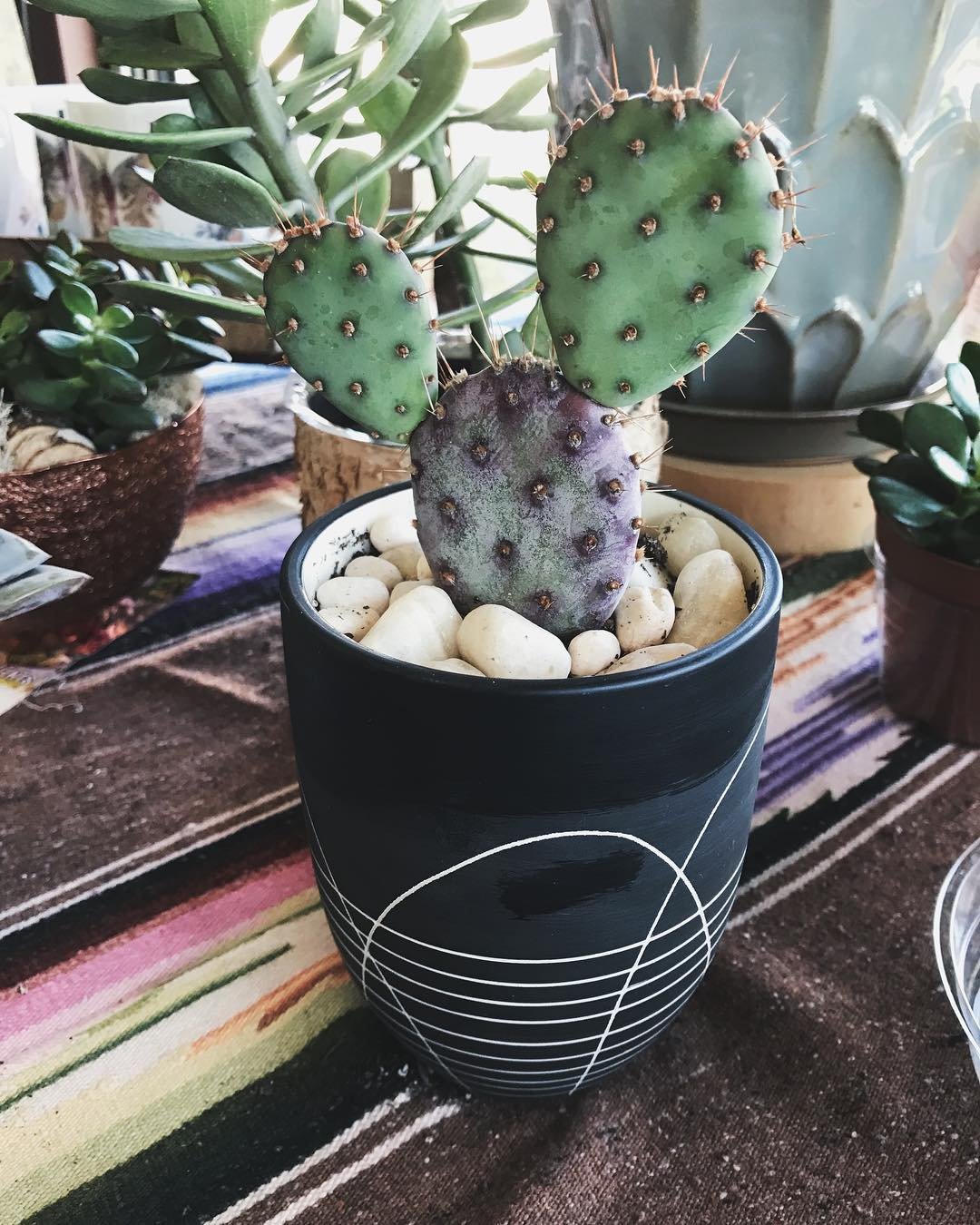
Prickly pear cacti are generally resistant to pests and diseases, but they can occasionally be affected by issues like cochineal scale insects, cactus longhorn beetles, or fungal diseases like cactus rot. Regular monitoring and prompt treatment with appropriate insecticides or fungicides can help prevent and control these problems.
Propagating Prickly Pear Cactus
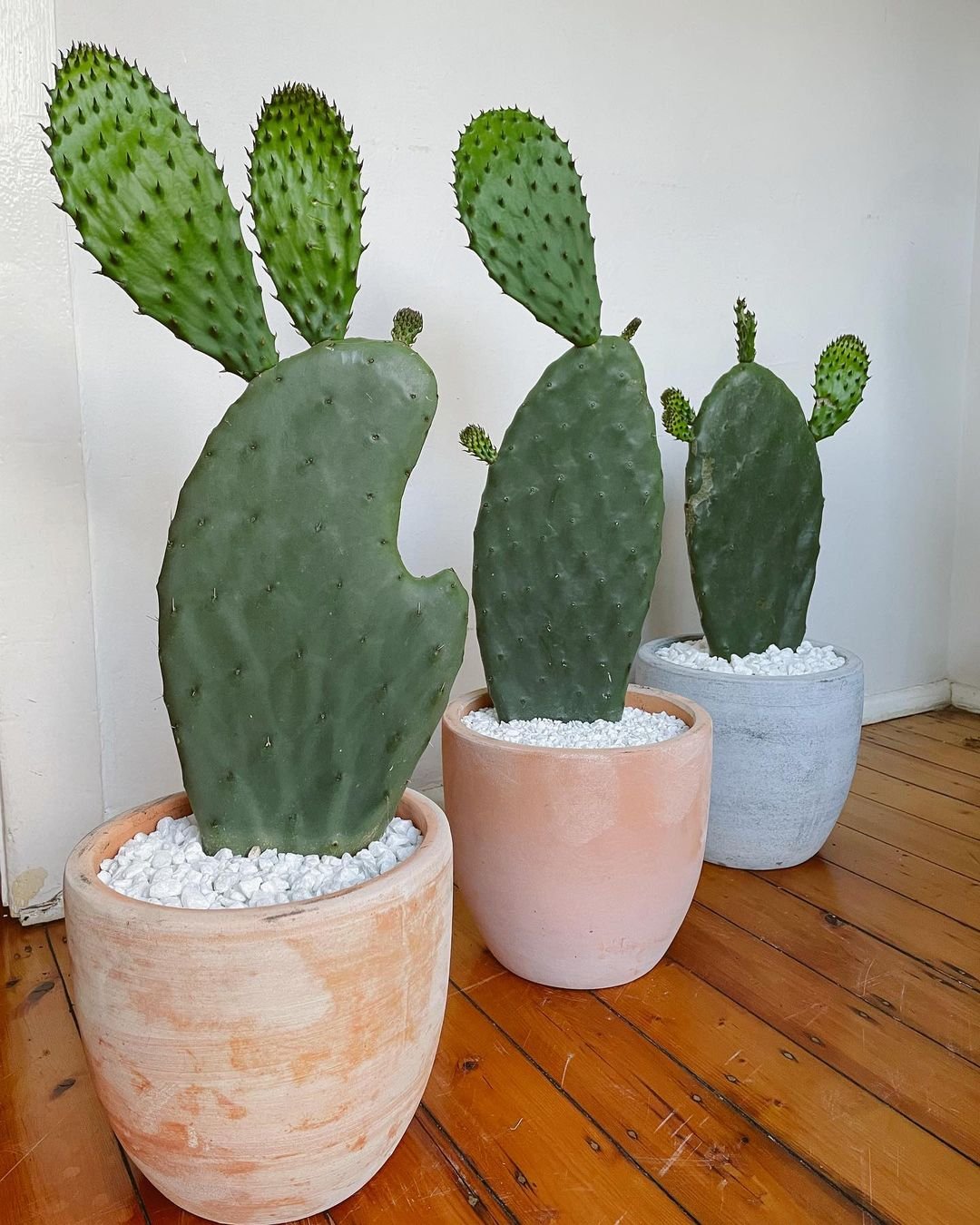
One of the easiest ways to propagate prickly pear cactus is through pad cuttings. Simply remove a healthy pad from the mother plant, allowing the cut end to callus over for a few days. Once calloused, plant the pad vertically in a well-draining soil mix, burying about one-third of the pad. Keep the soil lightly moist until roots develop, and then treat the new plant as you would an established one.
You can also propagate prickly pear cactus from seeds, but this method is generally more challenging and time-consuming
Harvesting and Enjoying
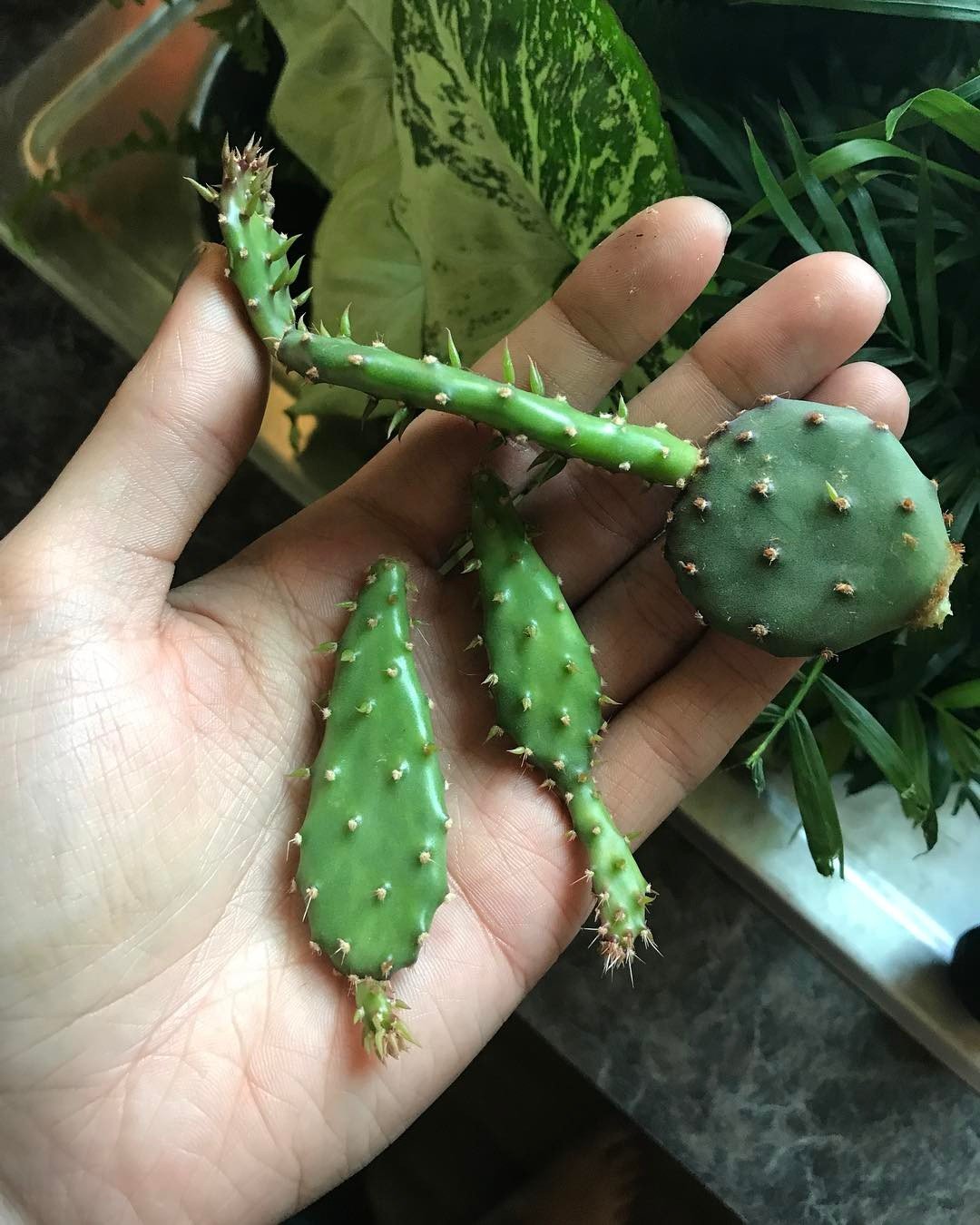
Once your prickly pear cactus produces fruits, you can harvest and enjoy them fresh or in a variety of recipes. The fruits are rich in vitamin C, fiber, and antioxidants, and can be used to make jams, jellies, juices, and even margaritas!
To harvest the prickly pear fruits, wear thick gloves and use tongs or long-handled pruners to carefully twist and remove the ripe fruits from the plant. Gently brush off any remaining spines before handling or consuming the fruits.
Growing prickly pear cactus is a rewarding and low-maintenance endeavor for gardeners of all skill levels. By following these simple steps and providing the right growing conditions, you can enjoy the vibrant colors, unique shapes, and delicious fruits of this remarkable plant for years to come. With a little patience and care, your prickly pear cactus will thrive and become a beautiful, drought-tolerant addition to your garden. CopyR
Pingback: Secrets of Growing Prickly Pear Cactus in Your ...
Pingback: Monkey Tail Cactus: A Fun, Easy-Care Succulent -
Pingback: Stunning Succulent Gardens: A Beginner’s Guide -
Pingback: Prickly Pear Cactus (Opuntia) : Comprehensive Guide to Caring